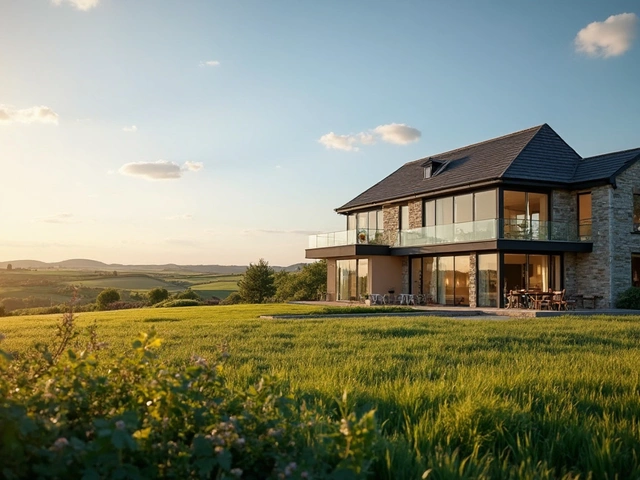Weather Effects on Home Construction and Interiors
When we talk about weather effects, how natural climate conditions like rain, heat, humidity, and freeze-thaw cycles physically alter buildings over time. Also known as climate impact on structures, these forces don’t just show up as a leaky roof—they quietly weaken foundations, warp flooring, and force materials to expand and contract until they fail. It’s not just about storms. Even mild seasonal shifts can cause serious damage if your home wasn’t built to handle them.
building materials, the physical components used to construct homes, from wood and concrete to drywall and insulation. Also known as construction materials, it’s not enough to pick something that looks good—you need to pick something that won’t rot, crack, or swell when the weather changes. A cheap vinyl floor might look fine in a dry room, but in a damp basement, it’ll bubble and peel. Same with wood trim: untreated pine will warp in summer humidity, while properly sealed hardwood holds up for decades. Even paint behaves differently under constant sun versus constant rain. That’s why homes in coastal areas need different materials than those in the Midwest. And why a bathroom remodel done wrong can lead to mold growth within a year, no matter how beautiful it looked on day one.
foundation movement, the gradual shifting or settling of a home’s base due to soil moisture changes, frost heave, or poor drainage. Also known as structural settlement, this is one of the quietest—and most expensive—weather-related problems. A house that’s been standing for 20 years isn’t safe just because it’s old. Wet soil expands. Dry soil shrinks. Freeze-thaw cycles lift and drop concrete slabs. If your floors slope suddenly, or doors stick for no reason, it’s not a design flaw—it’s weather acting on your foundation. And it’s not just the outside. Inside, extreme temperatures cause walls to crack, tiles to pop, and even light fixtures to loosen. Your fridge placement? It matters more than you think. A unit shoved against a cold exterior wall in winter can sweat, drip, and ruin your floor. A kitchen with poor airflow in summer? Your cabinets swell, your paint peels, and your appliances overheat.
That’s why every post in this collection ties back to one truth: weather effects don’t wait for permission. They act on your home every single day. Whether you’re renovating a bathroom, choosing interior door colors, or deciding whether to build or buy, ignoring climate means paying for it later. The posts below show you exactly how temperature, moisture, and seasonal shifts impact real homes—what breaks, what holds up, and how to build smarter from the start.
Best Time of Year for Foundation Repair: Weather, Cost & Timing Tips
Wondering when is the best time for foundation repair? Get straight talk on weather, savings, and timing for smoother, longer-lasting results.





